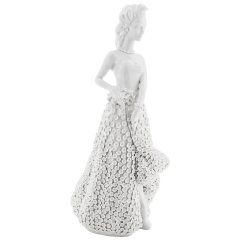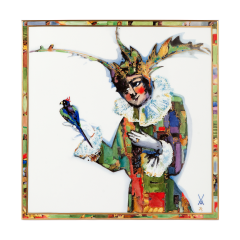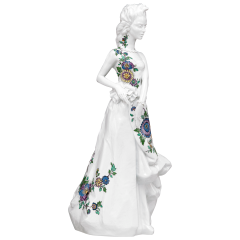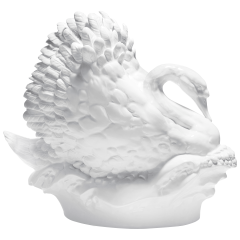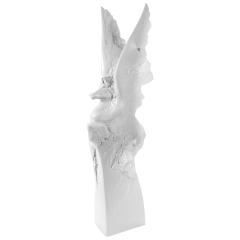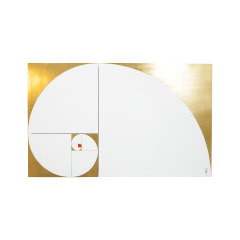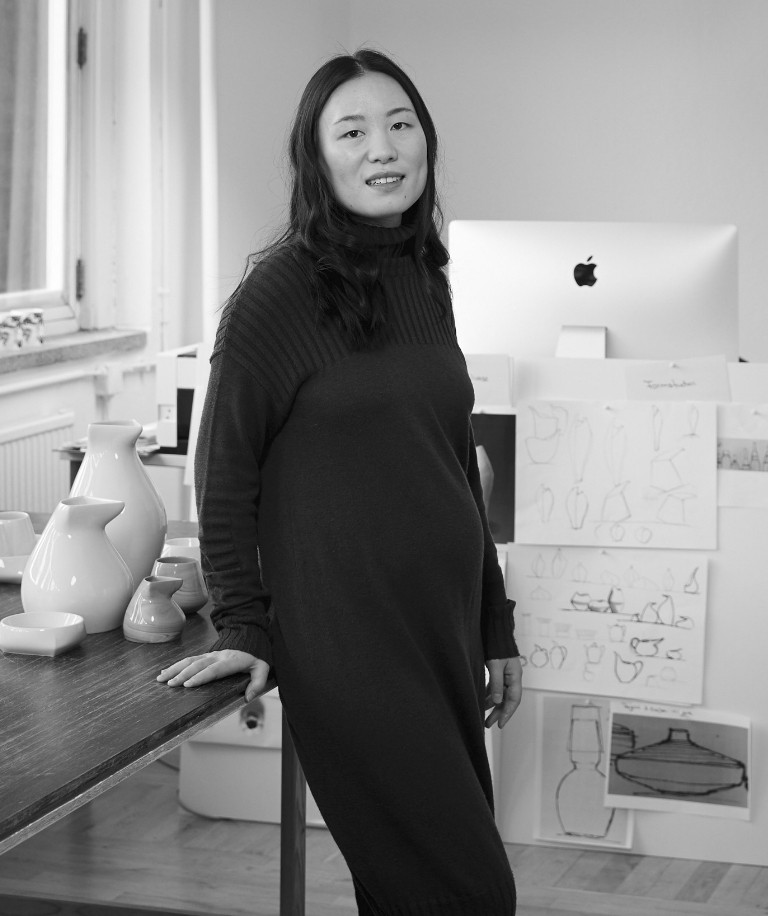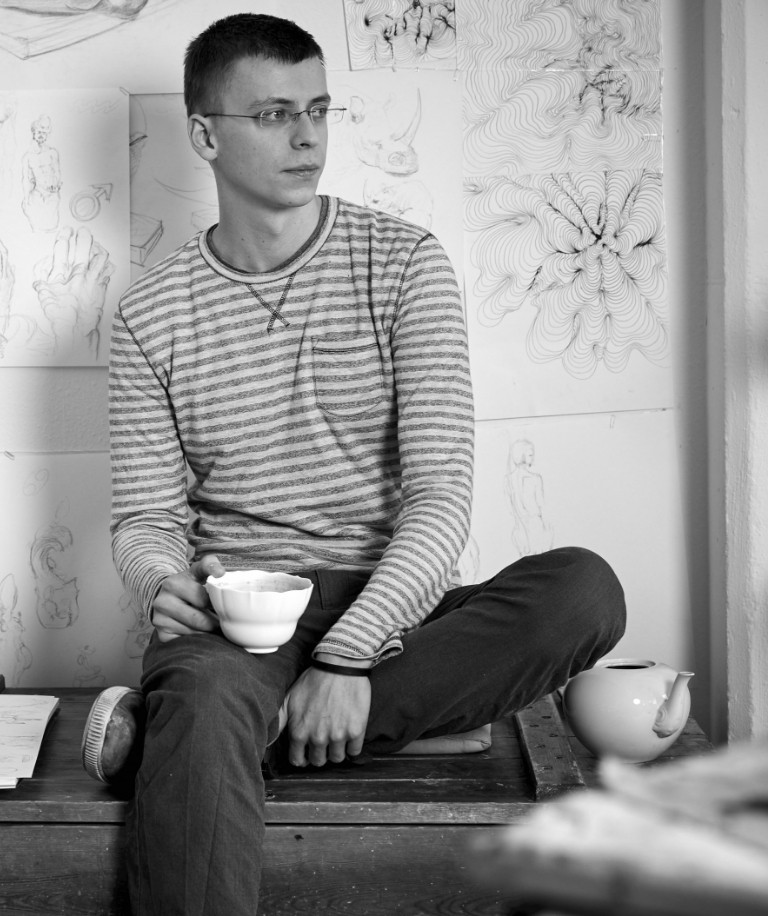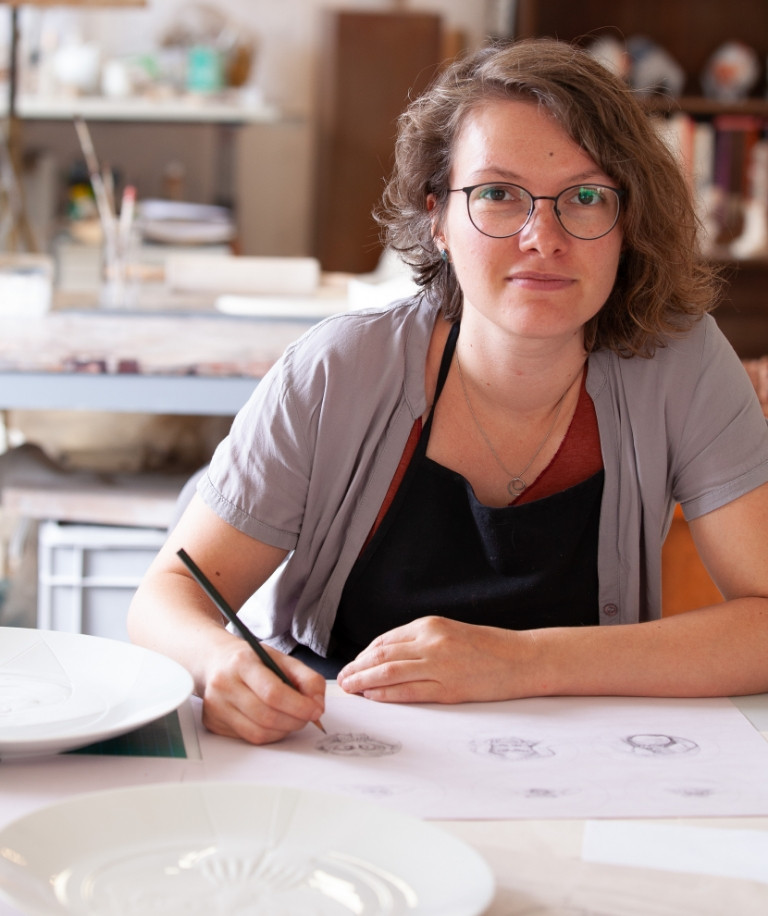Christmas Offer from MEISSEN – Enjoy Exclusive Savings! Learn More.
Skip to Content
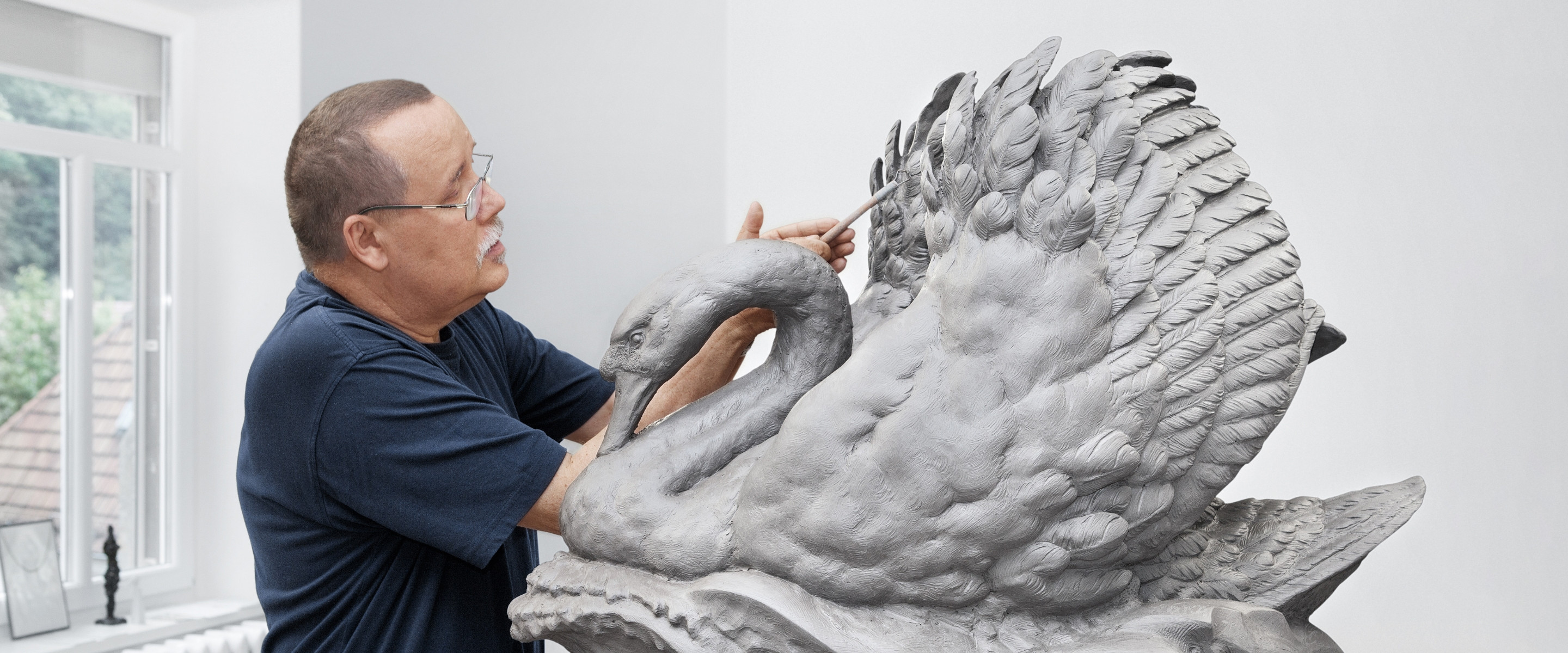
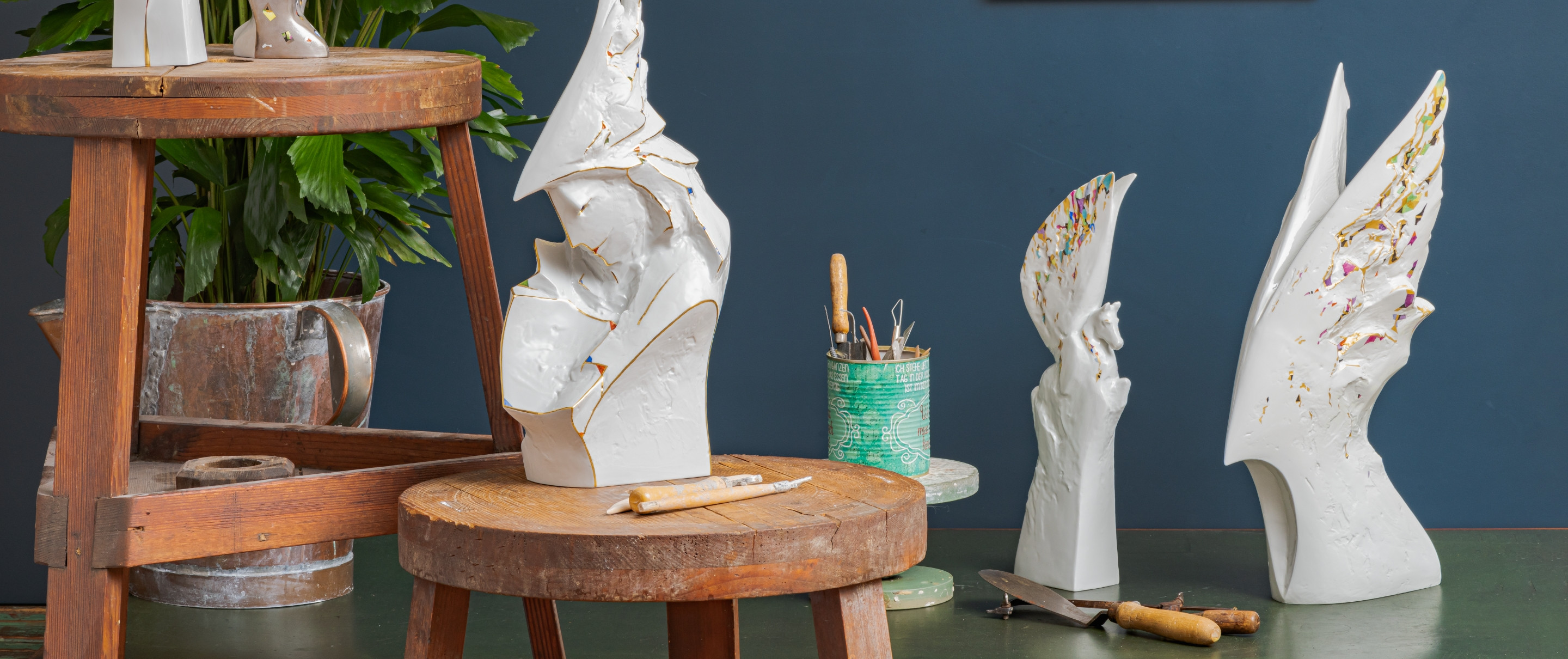

Jörg Danielczyk: "I am Porzelliner!"
-
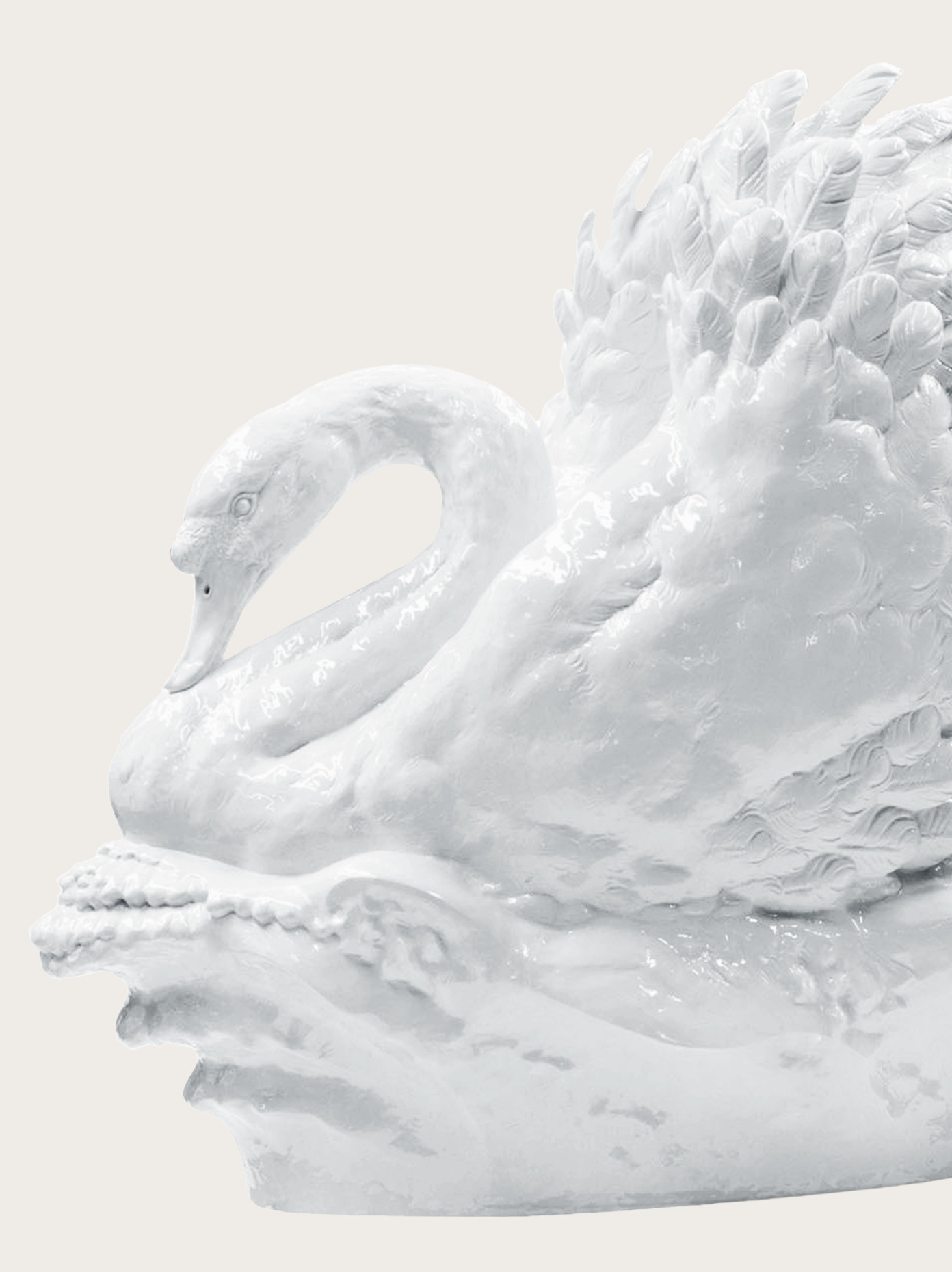 When Jörg Danielcyzk talks about his life and his time at the manufactory, you listen in amazement and know immediately that he is a "Porzelliner" through and through. He began his apprenticeship at the manufactory in September 1969 and did not leave his workplace until 48 years later. He is an artist who is a worthy successor to Johann Joachim Kaendler, the manufactory's first master modeller, and the reputation he established. Jörg Danielczyk had a decisive influence on the sculptural language of MEISSEN and opened up new dimensions of porcelain art with his works.
When Jörg Danielcyzk talks about his life and his time at the manufactory, you listen in amazement and know immediately that he is a "Porzelliner" through and through. He began his apprenticeship at the manufactory in September 1969 and did not leave his workplace until 48 years later. He is an artist who is a worthy successor to Johann Joachim Kaendler, the manufactory's first master modeller, and the reputation he established. Jörg Danielczyk had a decisive influence on the sculptural language of MEISSEN and opened up new dimensions of porcelain art with his works.
Jörg Danielczyk was born in Central Saxony in 1952. The Benedictine monastery towers above the small community of Wechselburg, the river "Zwickauer Mulde" flows in the valley - Danielczyk marvels at the peaceful landscape and paints day after day even as a child. After his father died in 1960, he grew up between his mother, grandmother and aunts, who sometimes almost despaired because the offspring did not show much interest at school. But because there are piles of drawn bees, trees, flowers and fantasy figures in his folders, the boy must have a talent. "When I came home with my school-leaving certificate, we sat at grandmother's table and the women discussed what I should become," he says. Jörg Danielczyk wants to become a porcelain painter.
Actually, the aptitude tests for apprentices are already over, but the boy is now on the doorstep of the manufactory and is also recommended by the artist Lea Grundig. So the sculptor in the department of Artistic Development, Peter Strang, examines the young talent and takes him on. First Danielczyk attends the drawing school. Drawing and colours give him great pleasure, but not his lungs. Clay, on the other hand, is no problem, so the now 70-year-old learns and works as an embosser after his apprenticeship. At that time, one of the manufactory's flower painters-to-be particularly appeals to him - her name is Uta and only a few years later the manufactory workers marry. Uta Danielczyk still works in the manufactory's show workshop today. Some say that employee marriages were as much a part of the manufactory at the time as the faint smell of turpentine in the painting aisles.
"The manufactory does not only owe great works of art to Jörg Danielczyk. Collectors all over the world associate his name with captivating beauty and the highest filigree, immortalised in brilliant Meissen porcelain."
-
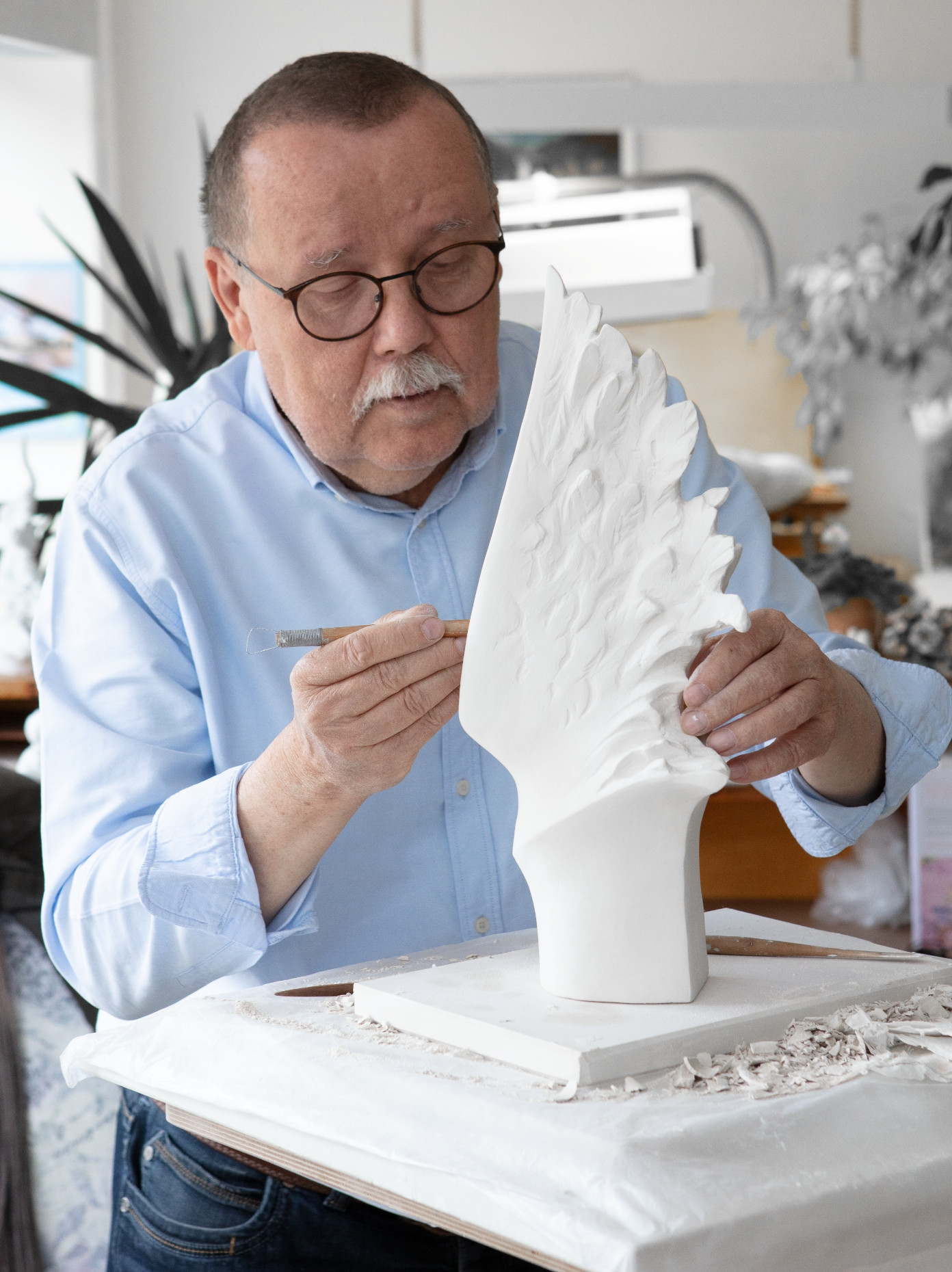 In 1978, Jörg Danielczyk recounts, the master model maker asked who would like to model a horse. The master's gaze met him and so he modelled a horse. But not just any animal, but Halla, a Hessian mare who, together with Hans Günter Winkler, won gold several times at the Summer Olympics. The horse in clay succeeds excellently and Peter Strang once again becomes aware of him. At that time, Peter Strang was one of the most important artists at the manufactory. Together with the painter Heinz Werner and the designer Ludwig Zepner, he had founded the "Kollektiv Künstlerische Entwicklung" (Artistic Development Collective) in 1960. Jörg Danielczyk is allowed into the Strang apprenticeship, learns, works hard and one day is sent by his master to study at the art academy in the evening. In 1983, Jörg Danielczyk graduates as a sculptor and becomes the new artistic director of the manufactory and in 1985, the manufactory finally sends him to study again, this time in Halle at Burg Giebichenstein, where he receives his diploma as a designer in 1989.
In 1978, Jörg Danielczyk recounts, the master model maker asked who would like to model a horse. The master's gaze met him and so he modelled a horse. But not just any animal, but Halla, a Hessian mare who, together with Hans Günter Winkler, won gold several times at the Summer Olympics. The horse in clay succeeds excellently and Peter Strang once again becomes aware of him. At that time, Peter Strang was one of the most important artists at the manufactory. Together with the painter Heinz Werner and the designer Ludwig Zepner, he had founded the "Kollektiv Künstlerische Entwicklung" (Artistic Development Collective) in 1960. Jörg Danielczyk is allowed into the Strang apprenticeship, learns, works hard and one day is sent by his master to study at the art academy in the evening. In 1983, Jörg Danielczyk graduates as a sculptor and becomes the new artistic director of the manufactory and in 1985, the manufactory finally sends him to study again, this time in Halle at Burg Giebichenstein, where he receives his diploma as a designer in 1989.
Jörg Danielczyk never tires of explaining the peculiarities of porcelain. With a reverence for this special material, he knows how to explore its limits and possibilities and, in doing so, to penetrate into new spheres again and again. The manufactory owes Jörg Danielczyk not only great works of art. Collectors all over the world associate his name with captivating beauty and the highest filigree, immortalised in brilliant Meissen porcelain. Highlights of his work are numerous: in 1998, MEISSEN produced wafer-thin sequins and buttons in porcelain for Karl Lagerfeld. A dress studded with thousands of Meissen sequins is created and when it is presented at one of the haute couture fashion shows, Jörg Danielczyk sits in. His bald eagle, one metre high and weighing 40 kilograms, has stood in the foyer of the United States Embassy in Berlin since 2008, a commission from then Ambassador William Timken. "Saxonia", the largest free-standing figurine made of porcelain, on whose clay model Danielczky worked for over half a year, was unveiled in 2014. Daring the seemingly impossible and testing new limits, inspired by the beauty of life - that is the motto that has accompanied Danielczyk throughout his life.








